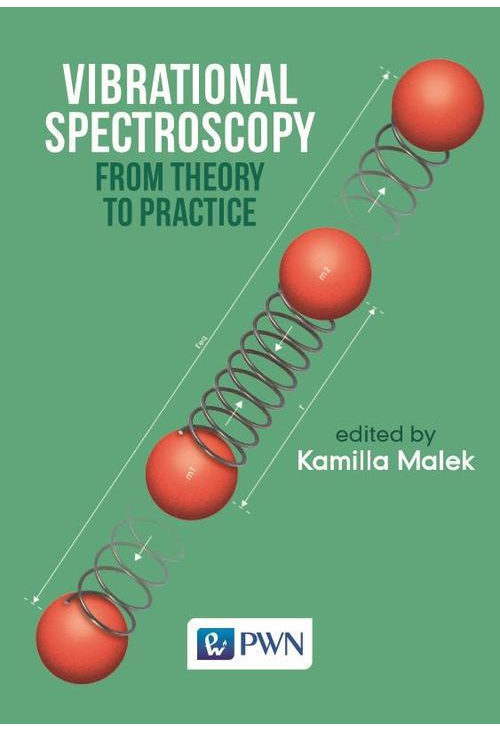
- -11%
ebook Vibrational Spectroscopy: From Theory to Applications
Odkryj Vibrational Spectroscopy: From Theory to Applications - kompendium wiedzy na temat spektroskopii oscylacyjnej!
Jedno z podstawowych narzędzi, które znajduje szerokie zastosowanie w naukach fizykochemicznych, materiałowych, przyrodniczych, medycznych i farmaceutycznych. Ta książka wprowadza Cię w podstawowe techniki spektroskopii Fourier-Transform Infrared (FTIR) oraz rozproszenia Ramana. Znajdziesz tu również bogaty zbiór eksperymentów, które można przeprowadzić przy użyciu powszechnie dostępnego oraz zaawansowanego sprzętu.
Po przedstawieniu obecnych podejść teoretycznych, omówieniu instrumentacji i metod przetwarzania danych wyjaśniających zjawisko spektroskopii oscylacyjnej, książka prezentuje nowe oraz ekscytujące eksperymenty i zastosowania wielu fascynujących efektów spektroskopowych. Mogą one stanowić podstawę do stworzenia programów laboratoryjnych z zakresu optyki, chemii fizycznej oraz specjalistycznych paneli z medycyny, nauk o materiałach i analizy w najszerszym sensie. Każde ćwiczenie poprzedzone jest opisem podstawowych informacji niezbędnych do zrozumienia problemu badawczego. Praktyki laboratoryjne ilustrują zastosowanie danej techniki spektroskopii oscylacyjnej oraz oferują szczegółową metodę rozwiązania problemów badawczych, które mogą być wprowadzone w laboratoriach badawczych, przemysłowych i kontroli jakości.
Autorzy książki to specjaliści w dziedzinie spektroskopii oscylacyjnej, którzy od lat wprowadzają nowe kursy dla szerokiego zakresu oferty edukacyjnej oraz prowadzą badania z wykorzystaniem spektroskopii oscylacyjnej.
Podręcznik ten jest przeznaczony dla studentów chemii, ochrony środowiska, biofizyki oraz uniwersytetów medycznych i przyrodniczych. Z pewnością okaże się również przydatny w laboratoriach analitycznych.
Pobierz ebooka Vibrational Spectroscopy: From Theory to Applications w formacie PDF ze sklepu z e-bookami i ciesz się lekturą!
Spis treści ebooka Vibrational Spectroscopy: From Theory to Applications
1. Fundamentals of infrared spectroscopy (FT-IR) (Kamilla Malek, Emilia Staniszewska-Ślęzak, Kamila Kochan, Katarzyna Majzner) 111.1. Quantum description – models of the harmonic and anharmonic oscillators... 12
1.2. Normal coordinates 13
1.3. Construction of a FT-IR spectrometer 15
1.3.1. Light source 15
1.3.2. Interferometer 16
1.3.3. Sample chamber 17
1.3.4. Detector 17
2. Fundamentals of Raman scattering spectroscopy (Kamilla Malek, Małgorzata Barańska, Kamila Kochan) 19
2.1. Quantum description of Raman scattering 20
2.2. Instrumentation in Raman spectroscopy 22
2.2.1. Laser 23
2.2.2. Sample compartment 23
2.2.3. Optical element splitting the beam of electromagnetic radiation 24
2.2.4. Detector 25
3. Special ft -ir techniques 26
3.1. Sampling techniques in ft -ir spectroscopy (Paweł Miśkowiec) 26
3.1.1. Transmission technique 26
3.1.2. Reflexive techniques 27
3.1.2.1. Attenuated total reflection, ATR 28
3.1.2.2. Diffuse reflection in the mid-infrared range, DRIFT 30
3.1.2.3. Reflection – absorption infrared spectroscopy, IRRAS 32
3.1.3. Photoacoustic spectroscopy, PAS 34
3.1.4. Infrared emission spectroscopy, ES (IRES) 35
3.2. FT-IR microscopy and imaging (Ewelina Wiercigroch, Kamilla Malek) 36
3.3. Vibrational circular dichroism (Piotr F. J. Lipiński) 40
3.3.1. Chirality 40
3.3.2. What is Vibrational Circular Dichroism? 40
3.3.3. How is VCD measured? 41
3.3.4. Applications of VCD spectroscopy 42
3.3.5. Calculations of VCD spectra and their problems 43
3.3.6. Very short summary of current developments 44
4. Special Raman techniques 46
4.1. Resonance Raman scattering spectroscopy (Katarzyna M. Marzec, Jakub Dybaś) 46
4.1.1. Resonance versus normal Raman scattering and fluorescence 46
4.1.2. Phenomenon of resonance Raman scattering 47
4.1.3. Application and potential of RRS 49
4.1.4. Instrumentation 50
4.2. Surface-enhanced Raman scattering spectroscopy (SERS) (Agata Królikowska, Jolanta Bukowska) 52
4.2.1 Mechanism of surface enhancement 53
4.2.2 Types of the substrates used in SERS spectroscopy 55
4.2.3. SERS spectral features 56
4.2.4. Applications of SERS spectroscopy 57
4.3. Raman optical activity (ROA) (Joanna E. Rode) 57
4.3.1. Schematic diagram of ROA phenomenon 58
4.3.2. Theoretical description of ROA phenomenon 59
4.3.3. Instrumentation 61
4.3.4. Applications of ROA 63
4.3.5 Summary 64
4.4. Raman imaging (Agnieszka Kaczor) 67
5. Chemometric analysis of FT-IR and Raman spectra (Katarzyna Majzner, Kamila Kochan, Małgorzata Barańska) 74
5.1. Analysis of marker bands 74
5.2. Cluster analysis (CA) 76
5.2.1. Hierarchical cluster analysis (HCA) 77
5.2.2. Non-hierarchical cluster analysis 81
5.2.3. Comparison of HCA, KMCA and FCA methods 83
6. Selected applications of ft -ir spectroscopy 85
6.1. An effect of molecular symmetry and isotopic substitution on ir and Raman spectra of chloromethane derivatives (Kamilla Malek, Katarzyna M. Marzec) 85
6.2. Peak-fitting process by an example of atr ft -ir spectra of soft tissues (Marlena Gąsior-Głogowska, Adam Oleszko) 89
6.2.1. Skin 89
6.2.2. Skin’s proteins 90
6.2.3. Infrared spectroscopy of tissues 90
6.3. Synthesis and spectral characteristics of hydroxyapatites (Marlena Gąsior-Głogowska, Adam Oleszko) 96
6.3.1. Hydroxyapatites 96
6.3.2. Infrared spectroscopy of hydroxyapatite 97
6.4. The application of infrared spectroscopy for the determination of petroleum hydrocarbons in surface water and wastewater (Paweł Miśkowiec) 100
6.4.1. The composition of crude oil, environment pollution with petroleum products 101
6.4.2. The toxic properties of the components of crude oil 102
6.4.3. Legislation concerning problems of environmental pollution with petroleum products and methods of its measurement 103
6.4.4. An application of IR spectroscopy in analytical chemistry 104
6.4.5. Nernst distribution law 105
6.5. Determination of absolute configuration using vibrational circular dichroism (Piotr F. J. Lipiński) 108
6.5.1. Determination of absolute configuration via VCD 108
6.6. The identification of painting materials and degradation products. FT-IR imaging of paint layers (Emilia Staniszewska-Ślęzak, Kamilla Malek) 113
6.6.1. Chemical characteristics of a paint layer and products of its degradation 113
6.6.2. FT-IR spectroscopy as a technique used in the identification of chemical composition of artworks 116
6.7. Structural analysis of proteins by means of FT-IR spectroscopy (Katarzyna Majzner) 119
6.7.1. Anatomy of proteins 119
6.7.2. Application of FT-IR spectroscopy to studying proteins 121
6.8. Structural analysis of lipids by using infrared spectroscopy (Tomasz P. Wróbel) 126
6.8.1. Characteristics and occurrence of lipids 126
6.8.2. Application of FT-IR spectroscopy to studying lipids 127
6.9. Structural analysis of carbohydrates by means of ft -ir spectroscopy (Kamilla Malek, Ewelina Wiercigroch) 130
6.9.1. Molecular structure of carbohydrates 130
6.9.2. Characteristic IR bands of carbohydrates 133
6.10. An analysis of atr ft -ir spectra of animal tissues (Emilia Staniszewska-Ślęzak, Kamilla Malek) 135
6.10.1. Biochemical features of selected animal tissues 135
6.10.2. FT-IR spectra of animal tissues 136
6.11. Diagnostics of disease development by ft -ir imaging of tissue (Kamila Kochan, Małgorzata Barańska) 141
7. Selected applications of Raman spectroscopy 145
7.1. The identification of proteins secondary structure in Raman spectra (Anna Rygula) 145
7.1.1. Characteristics of protein in Raman spectrum 145
7.1.2. Marker bands of amino acid residues 146
7.1.3. Other techniques of Raman spectroscopy for the analysis of proteins 148
7.2. Raman analysis of fatty acids (Aleksandra Jaworska, Małgorzata Barańska) 150
7.2.1. Occurrence and characteristics of fatty acids 150
7.2.2. An application of Raman spectroscopy in an analysis of fatty acids 152
7.3. Raman spectroscopy as a method to analyze lipids in animal tissues and mixtures (Krzysztof Czamara, Agnieszka Kaczor) 155
7.3.1. Classification of lipids 155
7.3.2. Spectroscopic characteristics of lipids 157
7.4. Polymorphism of model triacylgliceroles (Marta Z. Pacia, Krzysztof Czamara, Agnieszka Kaczor) 161
7.4.1. Polymorphism of lipids 161
7.4.2. Spectroscopic characteristics of TAGs polymorphs 162
7.5. Identification of carotenoids in plants by means of Raman spectroscopy (Aleksandra Jaworska, Małgorzata Barańska) 166
7.5.1. Structure, functions and occurrence of carotenoids 166
7.5.2. Raman bands of carotenoids 167
7.6. Identification of terpenes in citrus oils by means of Raman spectroscopy (Aleksandra Jaworska, Małgorzata Barańska, Kamilla Malek) 170
7.6.1. Essential oils – occurrence and composition 170
7.6.2. Identification of essential oils by means of gas chromatography and Raman spectroscopy 171
7.6.3. Chemometric analysis of Raman spectra of essential oils 172
7.7. An analysis of pigments and painting materials in Raman spectra (Anna Rygula, Kamilla Malek) 174
7.7.1. Raman spectroscopy as an analytic technique in conservation of art works 174
7.7.2. Structure of paint layers 176
7.7.3. Methodology of a Raman analysis of works of arts 176
7.8. Detection and determination of glucose in pharmaceuticals and body fluids (Agnieszka Kaczor) 180
7.9. Resonance Raman scattering spectroscopy in hemoglobin structure studies (Jakub Dybaś, Antonina Chmura-Skirlińska, Katarzyna M. Marzec) 185
7.9.1. Structure and physiology of hemoglobin 185
7.9.2. Resonance Raman scattering spectroscopy in hemoglobin studies 188
7.9.3. UV-Vis absorption spectrophotometry in hemoglobin studies 189
7.10. Identification of enantiomers of bornyl acetate and a-pinene in essential oils from the Siberian fir needles (Katarzyna Chruszcz-Lipska) 192
7.10.1. Terpenes 192
7.10.2. Stereochemistry of terpenes 193
7.10.3. Enantiomeric contents of terpenes in essential oils 194
7.10.4. Raman optical activity spectra of terpenes 195
7.11. Determination of absolute configuration of α-pinene enantiomers by means of Raman optical activity and quantum chemical calculations (Grzegorz Zając, Małgorzata Barańska) 198
7.11.1. Theoretical calculations of ROA 198
7.12 Estimation of surface enhancement factor and adsorption studies of 3-amino-5-mercapto-1,2,4-triazole (AMT) on silver using surface-enhanced raman scattering spectroscopy (SERS) (Agata Królikowska, Jolanta Bukowska) 204
7.12.1. Surface enhancement factor in SERS 204
7.12.1.1. Types of definition of enhancement factor 205
7.12.1.2. Enhancement factor for a given substrate (EF) 205
7.12.1.3. Analytical enhancement factor (AEF) 206
7.12.1.4. Single molecule enhancement factor (SMEF) 206
7.12.2. The most common sources of errors in the determined values of SERS enhancement factors 207
7.12.3. Structure and properties of 3-amino-5-mercapto-1,2,4-triazole (AMT) 207
7.12.4. SERS spectrum of 3-amino-5-mercapto-1,2,4-triazole (AMT) on silver substrate 208
7.13. Identification and studying of distribution of caffeine in drug samples in situ (Małgorzata Barańska, Agnieszka Kaczor, Kamilla Malek) 212
7.14. Characteristics of the cell organelles based on analysis of marker bands and cluster analysis (Katarzyna Majzner) 215
7.14.1. The assignment of the major Raman bands in the cell spectra 216
7.14.2. An analysis of Raman imaging of cells 218
7.15. In vitro and in vivo Raman imaging of unicellular carotenoid producers (Marta Z. Pacia, Agnieszka Kaczor) 220
7.15.1. Spectral characteristics of cells compartments 221
List of figures 227
List of tables 234
Szczegóły ebooka Vibrational Spectroscopy: From Theory to Applications
- Wydawca:
- Wydawnictwo Naukowe PWN
- Rok wydania:
- 2016
- Typ publikacji:
- Ebook
- Język:
- polski
- Format:
- epub mobi
- Redakcja:
- Kamilla Małek
- Liczba stron:
- 236
- Miejsce wydania:
- Warszawa
- ISBN dla wersji papierowej:
- 9788301188856
Recenzje ebooka Vibrational Spectroscopy: From Theory to Applications
-
Reviews (0)

Na jakich urządzeniach mogę czytać ebooki?
- -11%




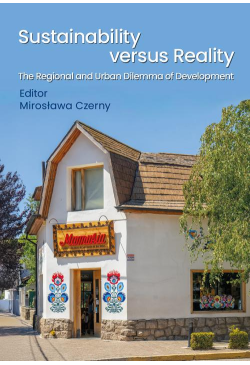
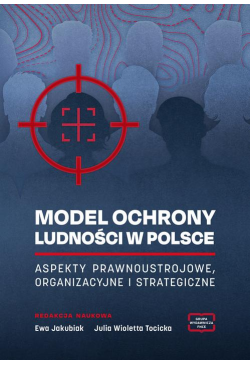
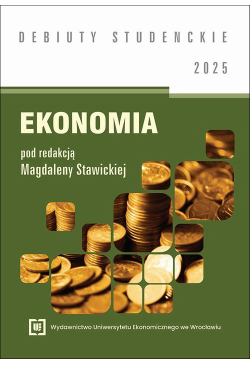
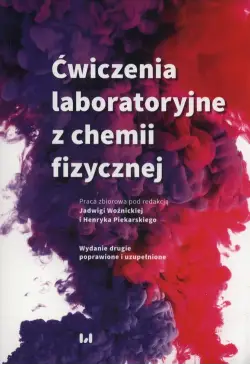
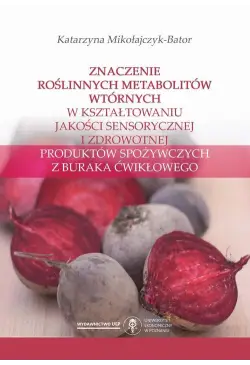
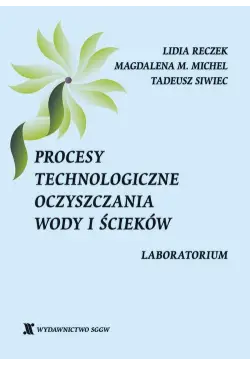
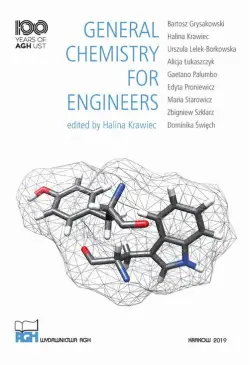
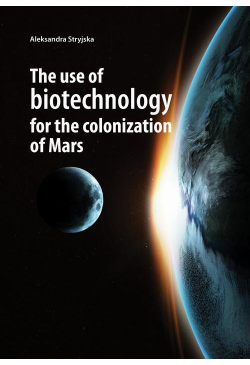
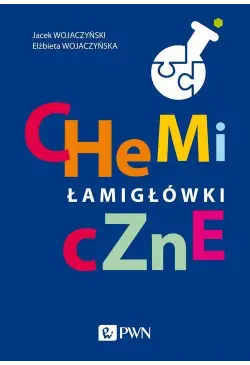
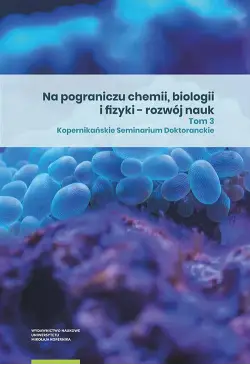
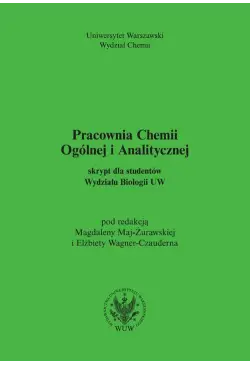
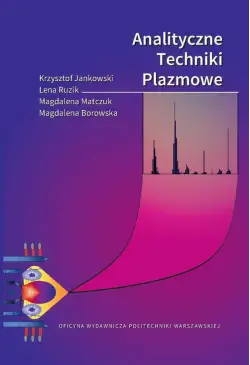

@CUSTOMER_NAME@
@COMMENT_TITLE@
@COMMENT_COMMENT@